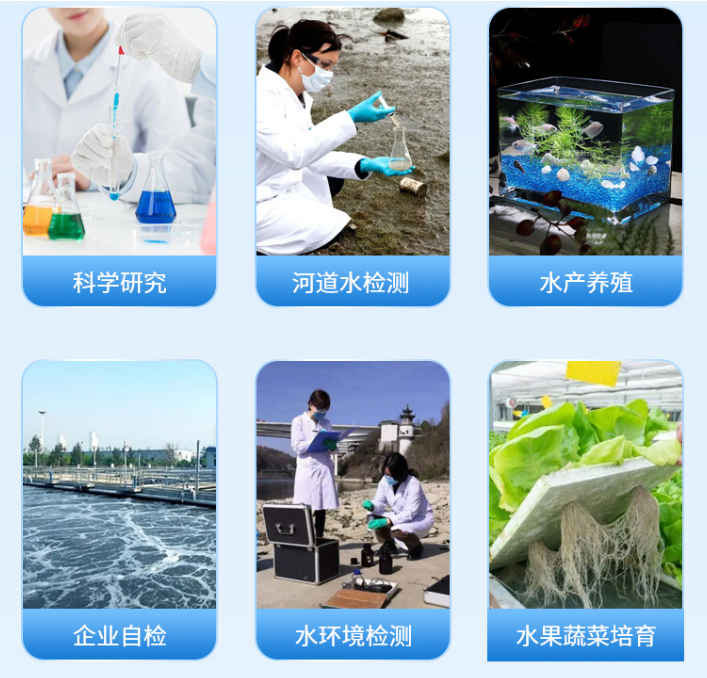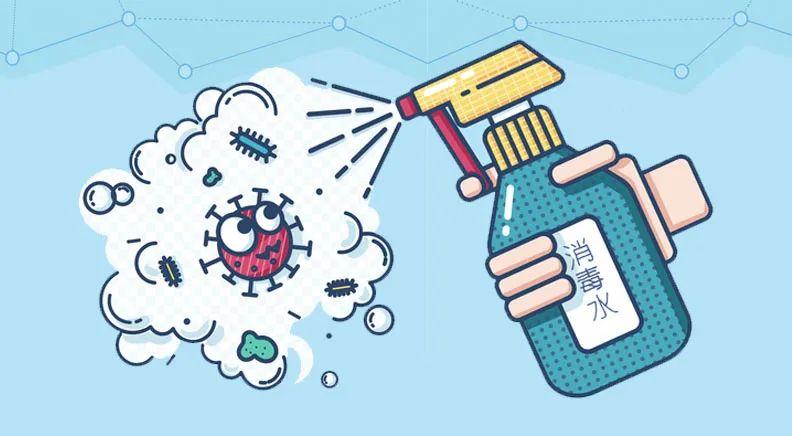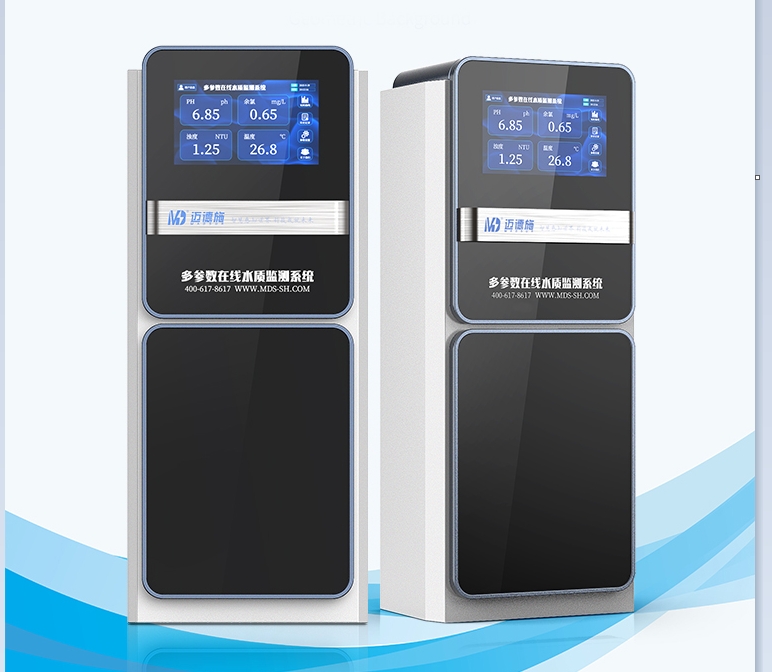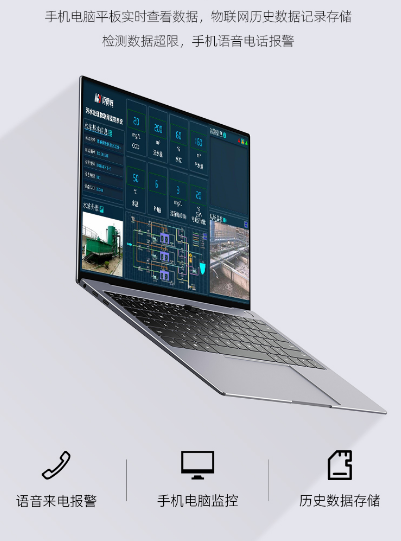Is Your Residual Chlorine Always Exceeding the Standard? Enterprises, Stop Blindly Reducing Chemical Dosage! These 4 Hidden Reasons Are the Key to Repeated Exceedances!
In the water treatment work of enterprises, the issue of residual chlorine exceeding the standard is indeed a headache, which is well understood by Maideshi, a manufacturer of residual chlorine water quality analyzers. Statistics show that when 80% of water treatment managers encounter the problem of residual chlorine exceeding the standard, their first reaction is to "reduce the chemical dosage". However, the results are often not satisfactory. Either the residual chlorine rebounds, or the disinfection fails to meet the standard, and the bacteria exceed the limit, pushing the enterprise into a vicious cycle. For example, an industrial park was summoned by the environmental protection department three times within half a year due to repeated exceedances of residual chlorine, and its credit rating also declined, which had a negative impact on the enterprise's loans and cooperation. It's really frustrating.

Many people think that the reason for residual chlorine exceeding the standard is "too much chemical addition", but this is actually a misunderstanding. Residual chlorine is the "remaining amount" after disinfection. It needs to ensure the antibacterial effect while not exceeding the emission limit. For instance, the residual chlorine in pipe network water should be ≥0.05mg/L to effectively inhibit bacteria, but it also cannot exceed the specified upper emission limit. The balance of residual chlorine is affected by multiple factors such as water quality, equipment, and processes. Blindly reducing the chemical dosage will pose potential risks to disinfection. Harmful bacteria like Legionella may breed, which is even more dangerous than the exceedance of residual chlorine.
Now, let's take a look at the four hidden reasons for the repeated exceedance of residual chlorine.
Reason 1: Pipes "Hiding Dirt"
After scaling and biofilm growth on the inner walls of the water supply network or treatment pipes, chlorine will be first adsorbed and consumed. When the biofilm falls off, the "hidden" chlorine is released again, causing the residual chlorine in the effluent to suddenly increase. A hospital once had an exceedance of residual chlorine due to the falling off of biofilm in the water supply pipes that were not cleaned regularly. Patients complained about the strange smell of the water, and the situation returned to normal only after the pipes were cleaned.
Reason 2: "Quality Problems" of Chemicals

If poor - quality chlorine - containing chemicals are used, and the effective chlorine content is lower than the marked value, enterprises have to increase the dosage to achieve the disinfection effect, which easily leads to the exceedance of residual chlorine.
Reason 3: "Design Defects" in the Process
If the location of the chlorine - dosing point is unreasonable, for example, too close to the discharge port, the chemicals cannot be fully mixed and reacted, resulting in a high residual chlorine content in local water bodies, and the overall monitoring shows an exceedance.
Reason 4: "Interference" from the Weather
Low temperatures affect the activity of chlorine. When the temperature is below 10°C in winter, the disinfection efficiency of chlorine decreases, and enterprises may increase the chemical dosage to make up for it, leading to the exceedance of residual chlorine. When the pH value is too high, for example, >8.5, chlorine will be converted into an inefficient form, which may also cause excessive dosage.
Online automatic water quality monitors play an important "balancing" role in solving the problem of residual chlorine exceeding the standard. They can regulate the chemical dosage in real - time. Based on the data from the digital residual chlorine sensor, they can automatically adjust the dosage. When the residual chlorine exceeds the standard, it can be reduced by 30%, and when it is insufficient, it can be increased by 20%, avoiding human errors. They can also conduct multi - point monitoring. By setting monitoring points at the chlorine - dosing point, reaction tank, and discharge port respectively, it can be judged whether the local exceedance is caused by uneven mixing. At the same time, the monitor can record the correlation curve between residual chlorine and temperature, pH value, and adjust the dosing strategy in advance.
So, what should enterprises do?

First, use an online monitor to continuously monitor for 3 days, and mark the peak periods and locations where the residual chlorine exceeds the standard. Then, investigate the hidden reasons such as the cleanliness of pipes, the quality of chemicals, and the location of the chlorine - dosing point, and eliminate them one by one. Finally, formulate a "dynamic chemical dosing plan", set the target value of residual chlorine according to the water temperature and pH value, and use the monitoring data for closed - loop control.
The exceedance of residual chlorine is not terrible. What's really scary is dealing with it blindly without finding the cause. Enterprises should use scientific online monitoring methods to find the balance point of residual chlorine control. In this way, they can ensure the disinfection effect without crossing the environmental protection red line. If you are also troubled by this problem, welcome to consult Maideshi, a manufacturer of residual chlorine water quality sensors!
As a leading chlorine sensor manufacturer, Maideshi provides high - quality digital residual chlorine sensors and online residual chlorine detectors to help enterprises better manage their water treatment processes. If you have any needs or questions about these products, don't hesitate to contact us.

In conclusion, by understanding the hidden reasons for residual chlorine exceedance and taking scientific measures, enterprises can effectively control the residual chlorine level, ensuring both the safety of water treatment and compliance with environmental regulations. With the advanced technology of our online residual chlorine detectors and digital residual chlorine sensors, we are confident in helping you solve the residual chlorine problem. If you are still struggling with it, reach out to Maideshi, the reliable chlorine sensor manufacturer, for professional solutions.
Previous: Installing the Online Residual Chlorine Automatic Monitor for Swimming Pools in the Wrong Location = A Waste of Money! 4 Golden Installation Points Every Business Should Know
Next: Must - Read for Enterprises! Frequent Problems with Online Residual Chlorine Detectors in Humid Environments? The Root Causes Lie in These 3 Inadequate Protections

